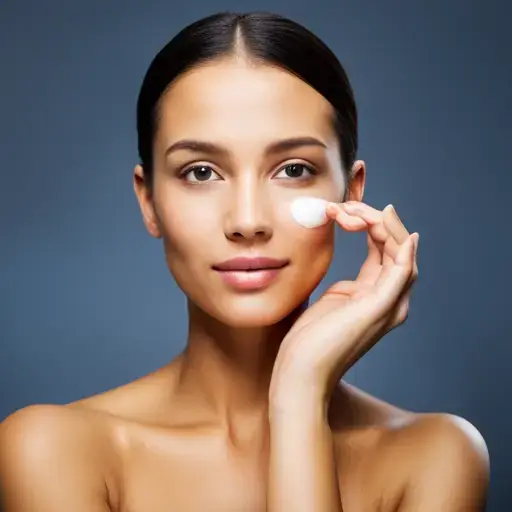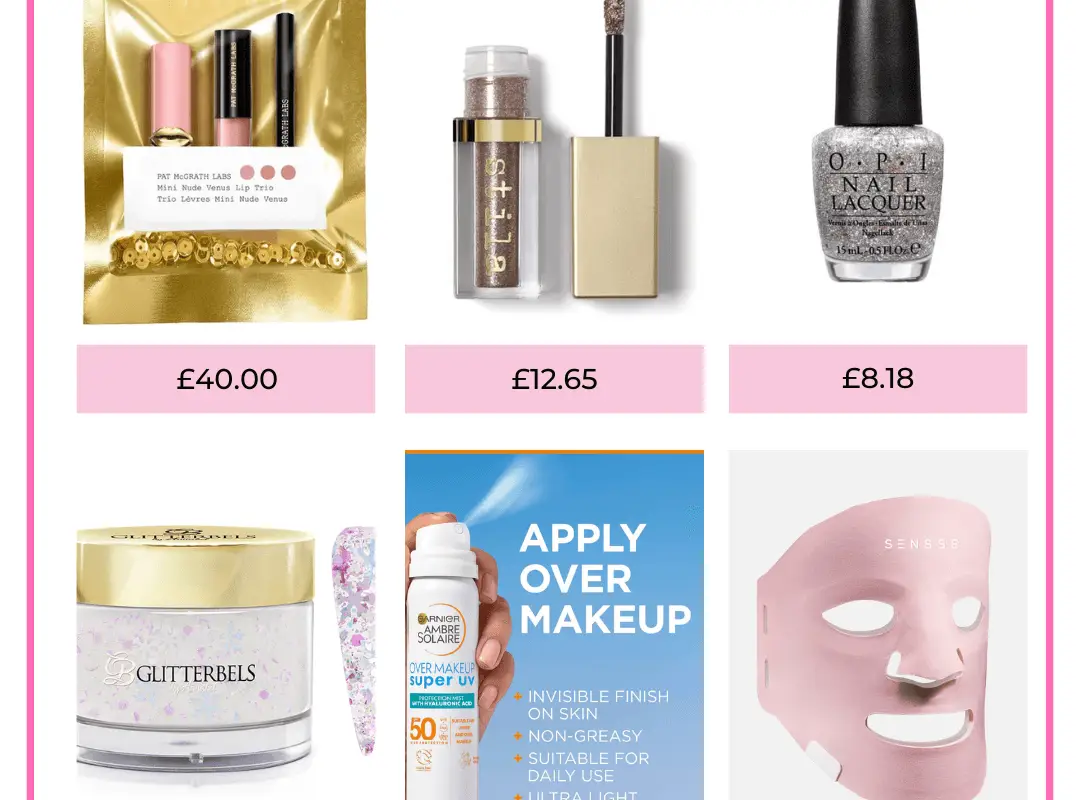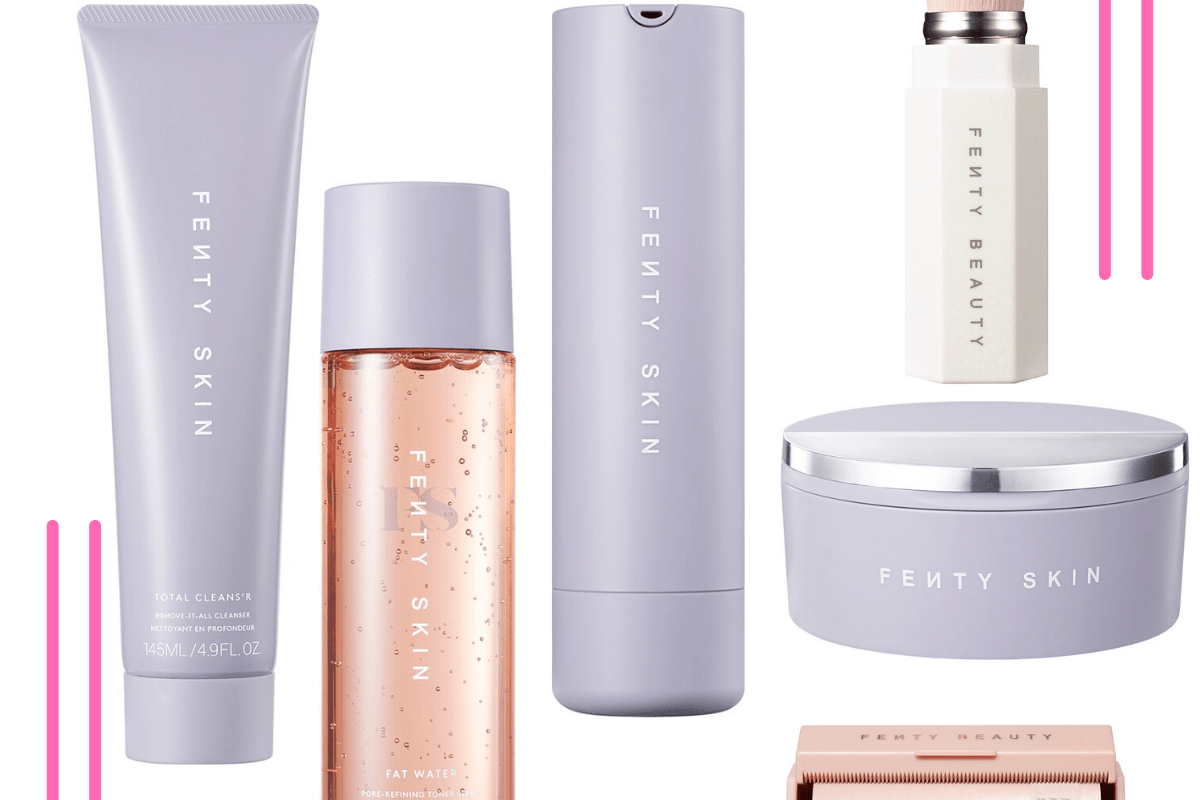
Acne, pimples, and spots are common skin concerns that affect our self-confidence and overall well-being. There are many remedies and treatments available to address these issues, but not all are created equal. In this post, we will explore the effects of toothpaste on spots and analyse the scientific evidence behind this popular quick fix.
Understanding the root causes of spots is crucial before trying any remedy. Before diving into the remedy, understanding what causes spots is crucial. Spots occur when sebaceous glands, responsible for skin and hair lubrication, produce excess oil, leading to clogged pores. Coupled with accumulated dead skin cells and bacteria, we get the dreaded spot.
Toothpaste contains ingredients such as baking soda, triclosan, hydrogen peroxide, alcohol, and menthol, which are drying agents and can also lead to chemical burns or allergic reactions on sensitive skin. While it may dry out spots, it can also dry out the surrounding skin, leading to further irritation.
Dermatologists, therefore, advise against using toothpaste as a spot treatment. Instead, over-the-counter products with salicylic acid, benzoyl peroxide, or sulphur, regular cleansing, exfoliation, and moisturising, or consulting a dermatologist is recommended for specific treatments or procedures.
While the idea of using toothpaste as a spot treatment may seem appealing due to its ready availability, the potential harm to your skin isn’t worth the risk. Proper skincare and clinically approved treatments are always a better approach to treating spots and achieving that flawless skin we all desire.
Remember, just as a toothpaste is formulated for the purpose of cleaning teeth, skincare products are designed specifically to treat skin conditions while ensuring the skin’s overall health.
Check out the products below.




